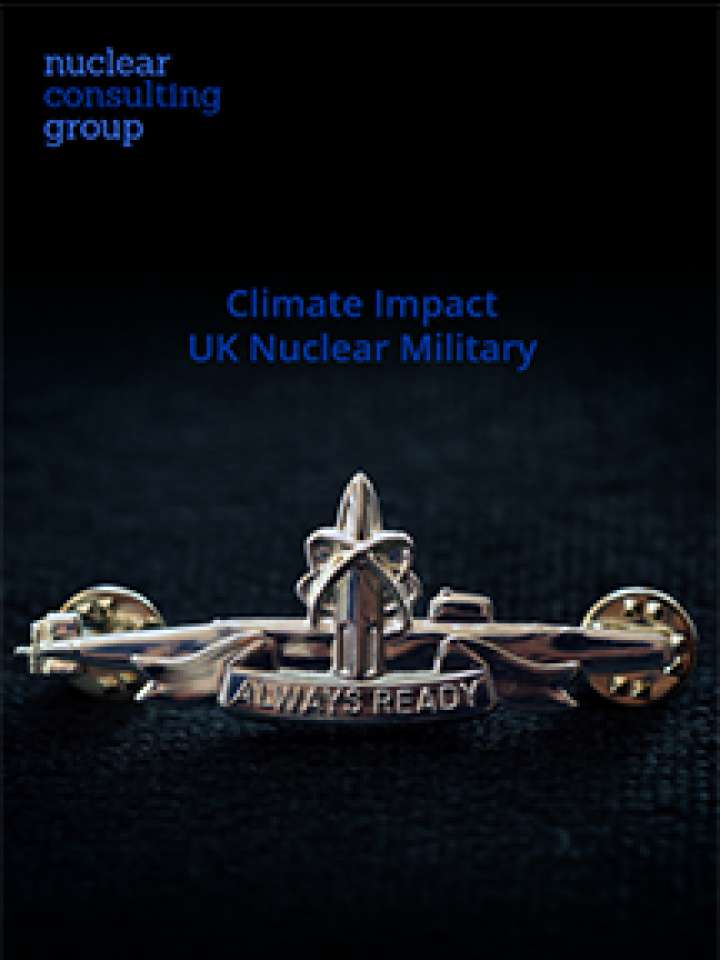Climate Impact: UK Nuclear Military
This report provides sets of annual flood risk maps for the year 2050 at nine nuclear military installations: HM Naval Base Faslane, Rosyth Dockyard, RN Armaments Depot Coulport, HM Naval Base Devonport, BAE Systems Barrow, AWE Aldermaston, AWE Burghfield, Sellafield Ltd, and Rolls Royce Marine Power Operations Raynesway.
These flood risk maps represent plausible threat indicators requiring deeper investigation. Not least because the underpinning analysis is based on significantly improved coastal elevation, ocean thermal expansion, ice sheet melt, and land motion data – hence, good estimates of sea-level rise induced climate impact to nuclear infrastructure. That said, since the maps are not based on physical storm and flood simulations, risk from extreme flood events may be greater – as erosion, frequency and intensity of storms, storm surge and inland flooding haven’t been taken into consideration. In other words, these flood risk projection maps may prove an underestimation.
Key findings:
- Present UK coastal military nuclear infrastructure is profoundly vulnerable to flooding from sea-level rise, storm intensity and storm surge – with inland nuclear facilities also facing inundation and flooding.
- Ministry of Defence and nuclear regulatory mitigation efforts will become obsolete, and sooner than planned.
- Climate impact to nuclear will inevitably involve very significant expense for UK nuclear military installation operation, waste management,decommissioning, relocation or abandonment.
- In other words, UK nuclear military bases are set to flood.
Explore further

